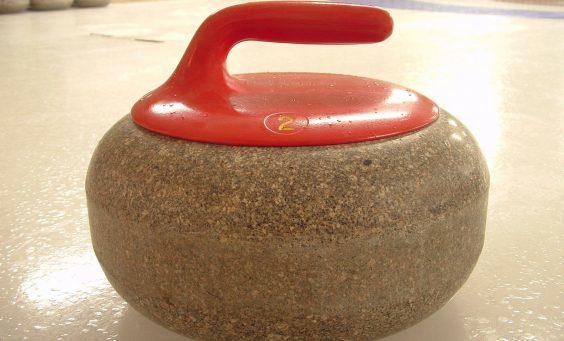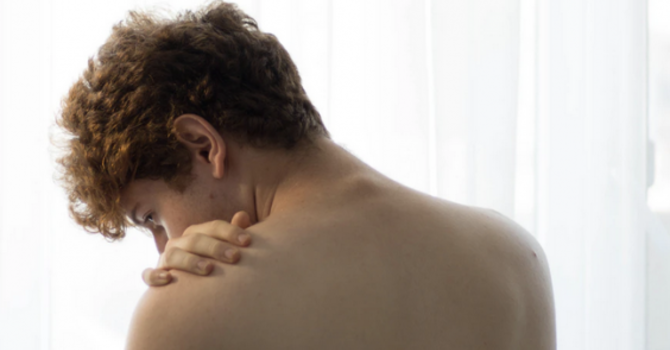
You have likely watched curling on television or online. It looks like pretty easy and not too hard on the body, right? Not so fast. It actually takes a lot of skill and there’s definitely a learning curve that can lead to aches, pains, and unfortunately, injuries. It is actually rather easy to fall, especially when you are getting used to the sport. You are playing on ice, after all.
What parts of your body are most susceptible to pain and injury?
- Your back
- Your hips
- Your ankles
- Your shoulders
- Your groin
- Your arm and knee joints
As a curling player, you really need to be in full control of your body and aware of what you are doing at all times. When you lose focus, get distracted, or if an accident happens, you could find yourself dealing with:
- Pain or injury of all of the body parts listed above
- Rotator cuff injuries
- Hamstring strains
- Patellofemoral pain syndrome
- Head injuries
What can you do to help prevent curling injuries?
It is imperative that you have proper equipment. For example, instead of using regular running shoes, it is important to invest in proper curling shoes that will grip the ice. It is also a good idea to wear a helmet. (Be less concerned about how it looks and more concerned with being safe.) In terms of clothing, you don’t want to wear anything baggy because you’ll need to be able to see your feet and hands well. You’ll also want to choose clothing that moves well with your body vs. something that feels constricting.
You also want to ensure you start with a proper warm-up…just as with any other type of workout or sport. Although stretching is key (ask your physiotherapist for some stretches that would target your trunk and your legs), you’ll also want to do something that will get your heart rate up and increase your body temperature. You may notice a lot of curlers don’t actually do much before starting a game – this is not the time to follow the crowd. A proper warm-up is exactly what your body needs. For example, you could do jumping jacks, push-ups, running on the spot, mountain climbers, or even burpees.
It is also a great idea to hire an instructor for at least a few sessions to learn proper technique. It’s not a good idea to just try to mimic what other people do. This is because a lot of people develop bad habits because they never hired an instructor in the first place. An instructor will be able to help you develop proper curling rock delivery and sweeping skills. Getting things off to a good start means better performance, prevention of injuries, having more fun overall, and being motivated to continue.
As soon as you feel as though something is off, please visit your physiotherapist before your condition worsens. You may think that something is not a big deal, but before you know it, it could turn into a problem that leads to missing out on the entire curling season or impacting your daily life in a negative way.
It is also a good idea to check in with your physiotherapist if you have had past injuries that could possibly flare up when you are starting a new physical sport like curling. It’s always better to be proactive than reactive!
For physio in Vancouver, come see us at Dunbar Physio! We can take care of all of your sports physiotherapy needs to keep you active, confident, and in top shape.



